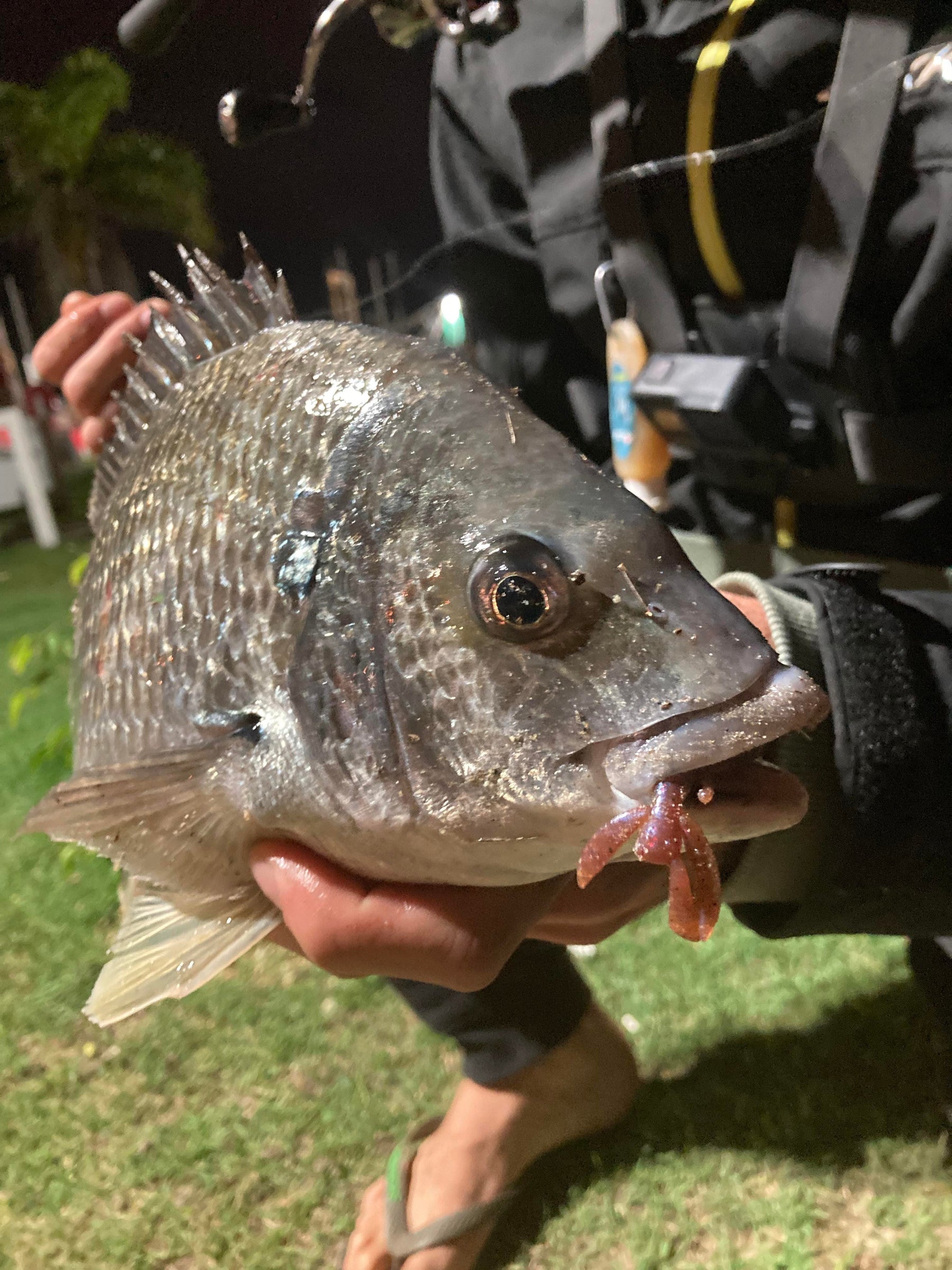
Mastering Bream Fishing: A Comprehensive Guide to Saltwater Lakes
🔔 Get the Best Soft Plastics for Bream & Flathead!
Shop our most popular soft plastics today:
✅ Bottom Bug – Realistic Crayfish Lure
✅ Squideez Soft Plastic – Perfect for finesse estuary fishing
✅ Bullet Prawn – Irresistible prawn action for flathead
📦 Fast Aussie Shipping – Order Now!
The pursuit of the Australian Bream species, a prized catch among anglers, is both a challenging and rewarding endeavor that tests the mettle of those who seek to master the art of fishing in saltwater lakes. The environment within these lakes presents unique challenges with bream being particularly wary due to heavy fishing pressures. Success, therefore, is not merely a matter of chance but the culmination of careful preparation, strategy, and understanding of the bream's behaviors and habitats. This comprehensive guide delves into the nuances of bream fishing, offering insights and techniques to enhance your fishing journey.
The Essence of Bream Behavior
Bream are creatures of habit, seeking refuge and sustenance in the complex structures that abound in saltwater lakes. Like the adage of real estate's importance of location, bream value structure above all else—be it submerged logs, oyster racks, rocky outcrops, or man-made jetties. These structures provide safety from predators and serve as lucrative feeding grounds. Recognizing and respecting this behavior is the first step toward successful bream fishing. Anglers willing to risk their lures in these snag-prone areas are often rewarded, as the most significant catches frequently lurk in the most challenging spots.
Selecting the Right Equipment
Line and Rod Dynamics
The choice of line and rod can significantly impact your ability to engage with wary bream effectively. Lighter lines and longer, more flexible rods facilitate stealthier presentations and longer casts, crucial for not spooking the fish. Fluorocarbon lines, preferred for their stretch and invisibility underwater, are ideal when finesse is required. Conversely, braid lines, known for their strength and sensitivity, are suited for situations demanding immediate feedback from the lure. Choosing a rod that complements your line choice enhances your setup's overall effectiveness.
Knots and Connections
A seamless connection between line and leader can be the difference between landing a trophy and telling a story of the one that got away. The FG Knot, praised for its low profile and strength, is a favorite among bream anglers using braid line. However, mastering this knot requires practice and patience. Online tutorials offer valuable guidance, ensuring your connections are robust and reliable. For monofilament and fluorocarbon lines the standard loop knot or the modified clinch knot is a reliable knot that has brought many Bream into the angler's hand.
Tactics for Tempting Bream
Casting precision and understanding light dynamics play pivotal roles in bream fishing. Shadows and shaded areas often harbor bream seeking refuge from predators and the sun. Thus, angling your casts to exploit these natural shelters can significantly increase your success rate. Furthermore, long casts ensure minimal disturbance to the fish, with practice being the key to achieving accuracy and distance.
The type of lure and its presentation are equally critical. Jigheads matched with soft plastics that mimic natural prey in size, color, and movement can be irresistible to bream. Lighter jigheads allow for a more fluttering descent, mimicking the erratic movements of injured baitfish or falling debris. Adjusting the weight based on current strength and water depth ensures your lure reaches the bream without causing undue alarm.
Advanced Fishing Strategies
Understanding the environment plays a crucial role in targeting bream effectively. Observations during low tide can reveal hidden structures that bream frequent during higher waters. Similarly, adjusting your fishing strategy to accommodate the shifting patterns of light and shade, as well as the ebb and flow of tides, can position you in prime fishing spots.
Stealth and patience are your allies. Bream are cautious, and heavy-handed techniques or overeager retrieves can spook them. Instead, adopt a methodical approach, allowing your lure to drift naturally with the current, presenting it as an easy target. Pauses in your retrieve, mimicking the behavior of real prey, can trigger strikes from even the most reluctant bream.
Saltwater Lakes are Productive for Bream
Catching bream in saltwater lakes is a refined skill that marries patience, knowledge, and adaptability. By understanding the preferences and behaviors of bream, choosing the right equipment, and employing a variety of tactics, anglers can significantly improve their chances of success. Remember, each fishing outing is an opportunity to learn and grow. With persistence and a willingness to adapt, the elusive Yellowfin and Black Bream becomes not just a target but a testament to the angler's skill and dedication.
🔔 Get the Best Soft Plastics for Bream & Flathead!
Shop our most popular soft plastics today:
✅ Bottom Bug – Realistic Crayfish Lure
✅ Squideez Soft Plastic – Perfect for finesse estuary fishing
✅ Bullet Prawn – Irresistible prawn action for flathead
📦 Fast Aussie Shipping – Order Now!
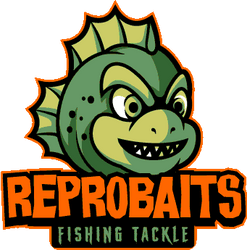
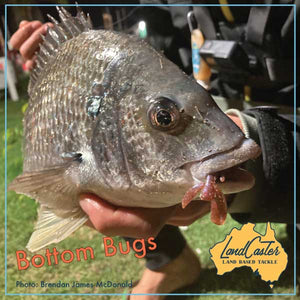
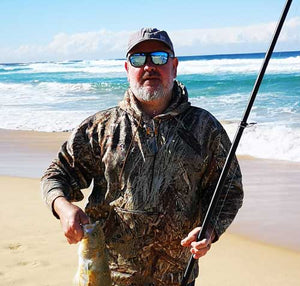
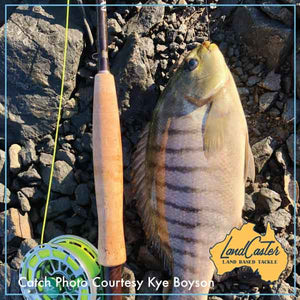
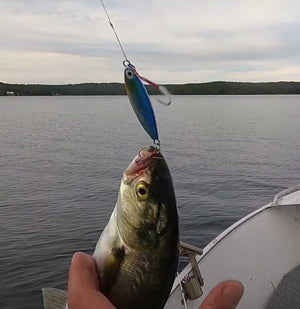
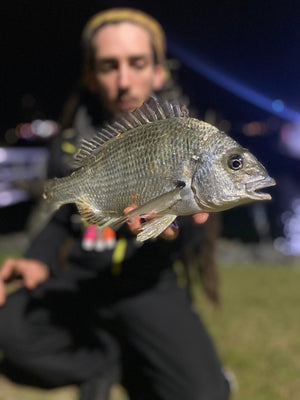
Leave a comment